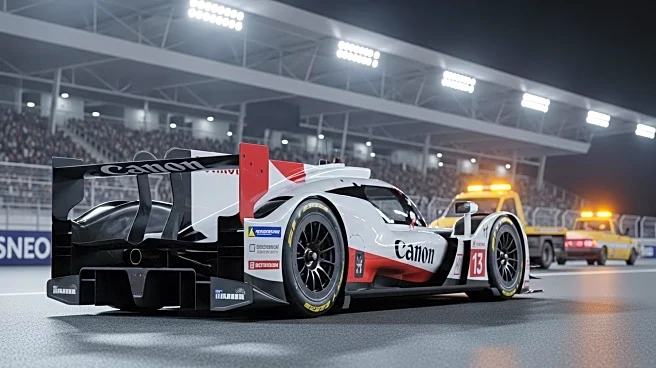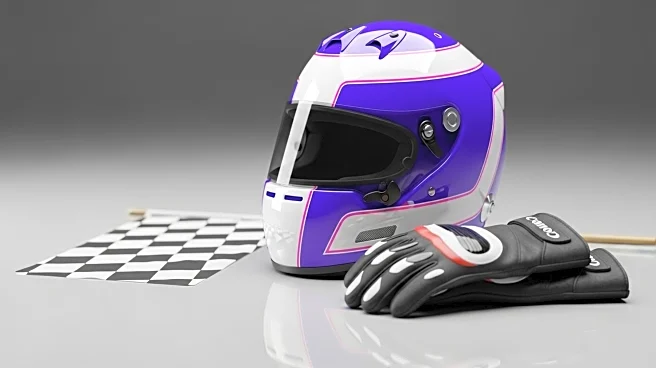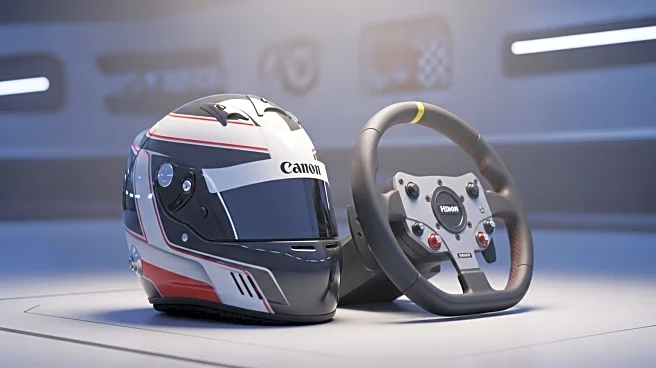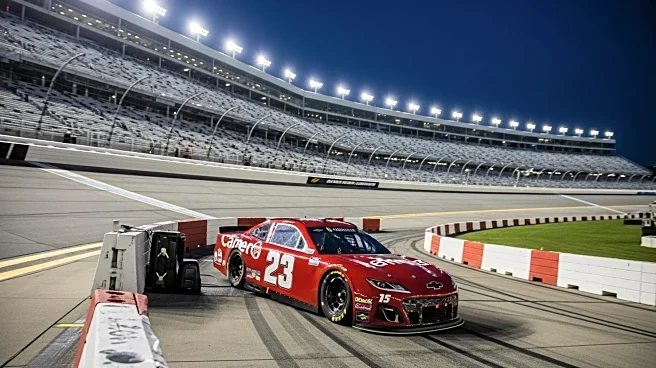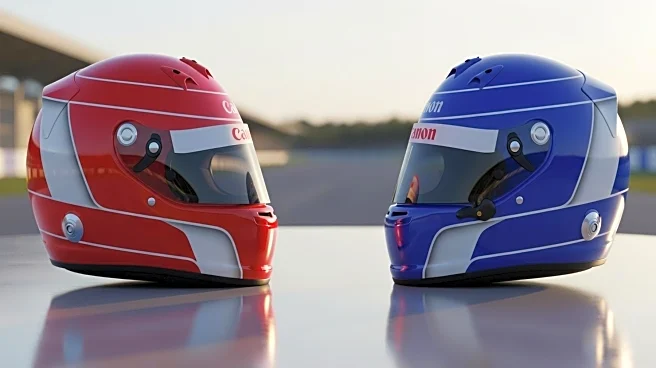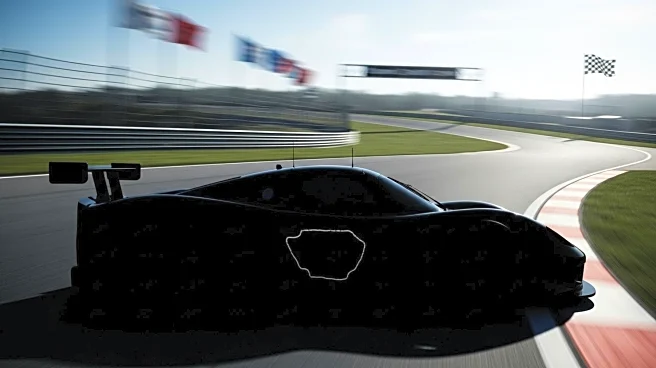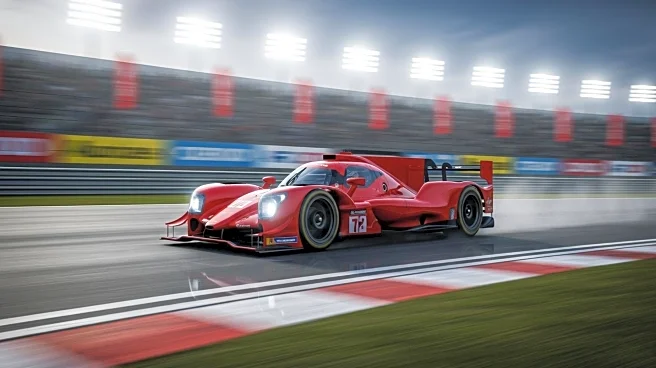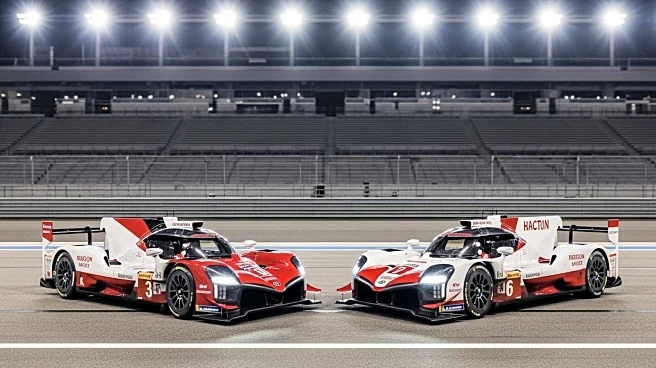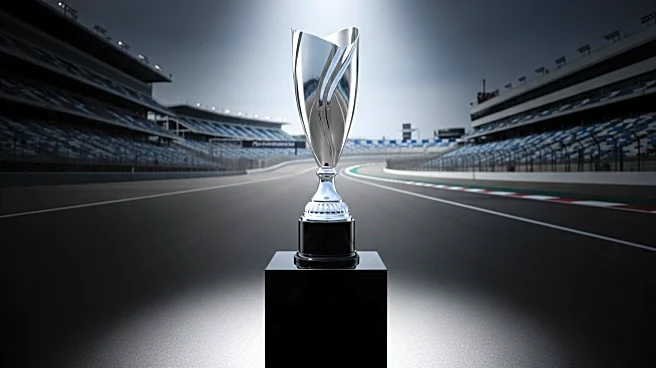What is the story about?
What's Happening?
Carson Hocevar, a NASCAR Cup Series driver, has been fined $50,000 by NASCAR officials for spinning his tires while safety workers attended to his car at Kansas Speedway. The incident took place during the Hollywood Casino 400 when Hocevar's No. 77 Delaware Life Chevrolet spun out on Lap 260, causing the tires to go flat. As safety personnel approached, Hocevar restarted his car to shift it into neutral, inadvertently causing the tires to spin. NASCAR cited him for violating Sections 4.4.B&D of the NASCAR Rule Book, which pertains to member conduct. Hocevar explained that his actions were unintentional, as he was merely trying to put the car in neutral and was unaware that the tires were spinning. Despite his explanation, NASCAR officials maintained their decision based on the visible actions rather than intent.
Why It's Important?
This incident highlights the strict enforcement of safety regulations in NASCAR, emphasizing the importance of driver conduct during races. The fine serves as a reminder to drivers about the consequences of actions that could potentially endanger safety personnel. For Hocevar, the financial penalty is significant, especially for a young driver, and underscores the need for careful adherence to rules. The situation also illustrates the challenges NASCAR faces in balancing safety with the complexities of race car operations. The decision could impact how drivers approach similar situations in the future, potentially leading to changes in how they handle their vehicles during safety interventions.
What's Next?
Hocevar's response to the fine suggests a learning opportunity for both him and his team. He acknowledged the need to communicate better with his crew and consider alternative methods for handling his car in similar situations. NASCAR's decision may prompt other drivers to reassess their actions during safety interventions to avoid similar penalties. The incident could also lead to discussions within NASCAR about clarifying rules or providing additional guidance to drivers on handling their vehicles during safety situations.
AI Generated Content
Do you find this article useful?
